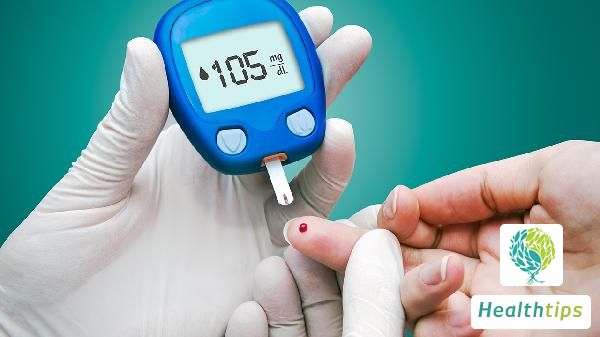"When does a womans ovulation period typically occur?"
The ovulation period for women typically occurs around 14 days before the next menstrual cycle commences, though this timing may vary due to various influencing factors. If a woman's menstrual cycle is relatively regular, her ovulation period tends to be more fixed. Taking a 28-day menstrual cycle as an example, ovulation typically occurs around the 14th day of the cycle. However, if the menstrual cycle is longer or shorter, ovulation may occur earlier or later accordingly.

The determination of ovulation can be aided by observing cervical mucus, measuring basal body temperature, and using ovulation prediction kits. During ovulation, cervical mucus becomes thin and transparent with good elasticity, facilitating sperm passage. Concurrently, basal body temperature may slightly elevate, though the change is usually minimal. Ovulation prediction kits work by detecting luteinizing hormone levels in urine, indicating ovulation within the next 24-48 hours when the test results are positive.
For women who wish to accurately track their ovulation period, the most reliable method is through ultrasound monitoring of follicle development. This method provides a direct observation of follicle size, shape, and ovulation status, offering precise guidance for conception or contraception. However, ultrasound monitoring requires a hospital visit and can be relatively costly.
Despite the relative consistency of ovulation periods, they can still fluctuate due to various factors. In addition to tracking ovulation, maintaining healthy habits and a positive mindset is crucial for enhancing the success rate of conception or contraception.
Observing cervical mucus, measuring basal body temperature, and using ovulation prediction kits remain valuable auxiliary tools. During ovulation, the cervical mucus's thin, transparent, and elastic qualities facilitate sperm passage. The slight elevation in basal body temperature, though minimal, can serve as an indication. When ovulation prediction kits show positive results, it signals the possible onset of ovulation within the next 24-48 hours. Ultimately, for the most accurate assessment, ultrasound monitoring of follicle development stands as the gold standard, offering direct visualization and insights for reproductive planning, albeit with its associated costs and medical setting requirement.



















